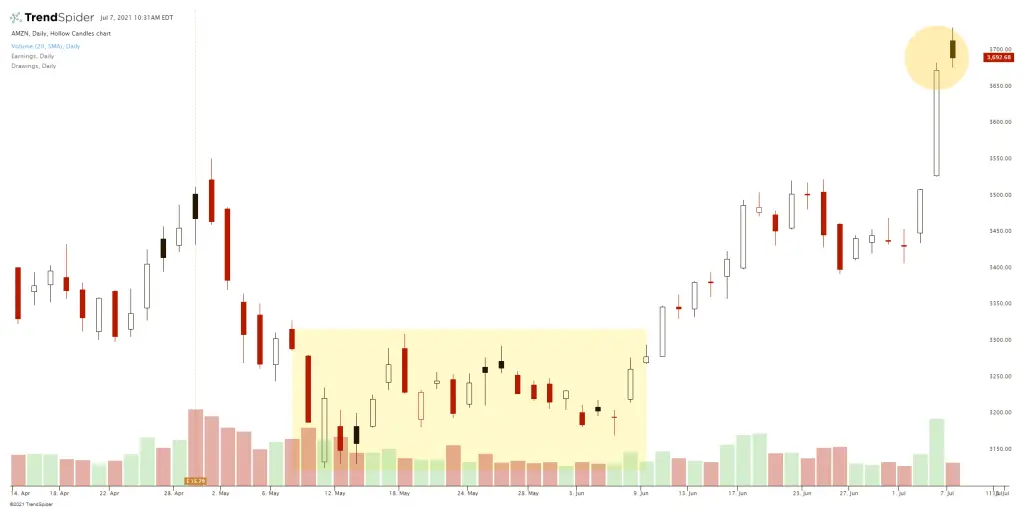Position trading is the strategy of holding a position over a long period of time of weeks, months, or longer because a trader believes there is a high probability that it will go in their favor in that time period for a large profit. Position traders trade in a higher time frame than day traders or swing traders and are closer to trend traders in holding peroiod. Position traders seek to rise above the intra-day noise that is random and usually don’t trade based on news unless it effects their long term sentiment or reason for the position trade in the first place.
Most position traders are not very active and tend to only place a few bigger trades each year and they care little about daily price action looking more for the moves on the weekly and monthly charts to see if their trade and sentiment is still valid.
Position traders look to capture longer term moves in a market similar to trend followers but they tend to be less diversified betting bigger on a few trades. Buy and hold investors are some of the only people that hold their investments longer than position traders. Position traders are looking for a long term move based on earnings, news, macroeconomics, or their own bullish of bearish sentiment about a market or stock.
A position trader is trying to capture the majority of the move in a trend which could result in a big profit. Position trading is almost the opposite of day trading. Day traders are looking for small profits on an intraday time frame while position traders are looking for big profits on a weekly or monthly time frame.
Position traders are also looking for much bigger wins than swing traders. Swing traders just want to catch a swing for a few days while position traders like to catch a move for a few months or more.
Position trading is not a specific type of trading, it can use either technical analysis or fundamental analysis for entry and exit signals. Some position traders use both for trade ideas and strategies. Position traders can look at a market trend, an individual stock, or macro trends in the economy for a trade idea. Position traders also tend to be discretionary traders basing their trades off their studies of a market, stock, or the economy as a whole. They will also exit their trade if the technicals or fundamentals change their original narrative for why they entered the trade. A position trader is most likely to do a lot of research, build a conviction about what should eventually play out in the market then take a position with conviction and wait for the expected outcome. Position trades can take months and even years to play out.
Many of the greatest trades of all time were position trades like Michael Burry’s and John Paulson’s bet against subprime mortgages.
A big strength to position trading is that when a trade is working out there is little screen time managing the trade. When a position trade doesn’t work out it can lead to a big loss as the trader has a high conviction about the trade and has to figure out when to get out and why they were wrong. Many position traders look at end of day or end of month prices and don’t watch their positions all day. Minor fluctuations are ignored and a change in the overall trend or fundamentals is what is most focused on.
Position trading is the long term process of entering a trade and letting a big move play out over a prolonged time period as long as the initial thesis for the entry stays in place for both the technical and the fundamental reasons for entering in the first place. Even winning position trades can move strongly against the trader over the life of the trade so they must manage their stress. The biggest edge a position trader has is their patience and conviction to let the trade play out, which is why they can both win big but also lose big as well.
